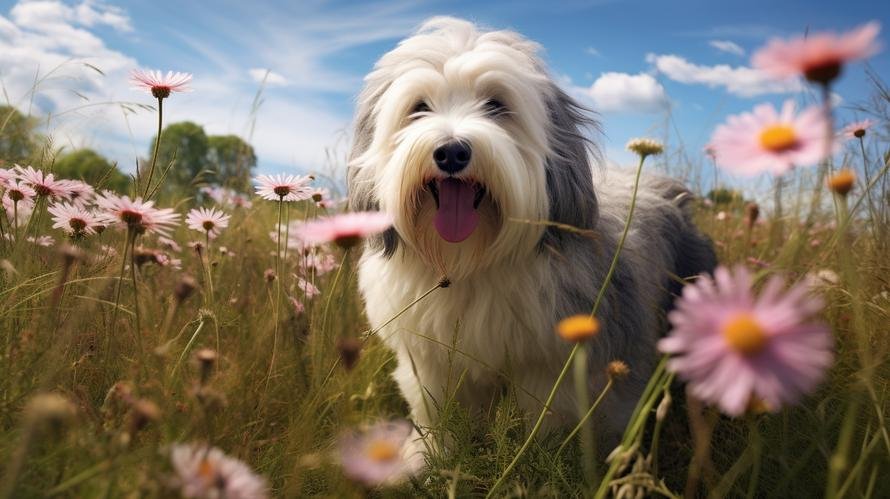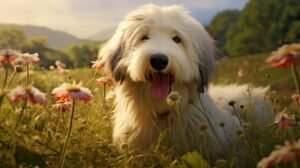Did you know the Old English Sheepdog, a breed also fondly known as the “Dulux dog,” was originally bred not just for herding sheep, but also for driving cattle to the market? These shaggy dogs have a fascinating heritage that is deeply rooted in England’s farming history.
If you’re considering adding a four-legged friend into your life, an Old English Sheepdog might be on your radar. This iconic breed, with its cloud-like coat and heart-stealing eyes, has been stealing the spotlight in film and advertisements for years. Their engaging personalities and distinctive appearance often make it hard to resist their charms. But is an Old English Sheepdog a good pet?
The answer is not a simple ‘yes’ or ‘no.’ Just like humans, all dogs come with their own unique set of characteristics and, dare I say it, quirks. What makes one breed a perfect fit for some, might not work out for others.
In this journey today, we get to the bottom of that question, we shall take a walk together through the unique traits, behaviors, and care needs of an Old English Sheepdog. Whether you’re a seasoned dog-owner, or you’re about to embark on pet ownership for the very first time, this guide will provide you with invaluable insights into owning and caring for this brilliant breed.
As we know by now, Old English Sheepdogs are historically rooted in England’s farming traditions. Known for their strong instinct for herding, they still maintain this characteristic to date. If you’ve ever turned around and noticed your Old English Sheepdog nudging you in a particular direction while on your daily walks, you’ve experienced their herding behavior first-hand! It’s a characteristic that is inherent within them and it can sometimes lead to pretty amusing scenarios within the home. However, it’s always important to remember, this behavior stems from their need to keep their ‘pack’ safe and together.
This quality also means that they are excellent family dogs, they’re known for being protective towards their pack, making them both good natured and a fine watchdog. They thrive in environments full of love and activity. Picture this: a Sunday picnic in the park with the family and your Old English Sheepdog, Bobtail, running around with the kids. It seems idyllic, and with the right training and socialization, it’s completely achievable.
However, their protective and herding inclination also indicates that they are not typically a laid-back breed. They require mental stimulation and physical exercise on a regular basis. A bored Old English Sheepdog might find their own ways to entertain themselves, and that could involve a little redecorating of your home with your favorite pair of shoes.
Their intelligence, while being a wonderful trait, also means they require appropriate training from an early age. They respond particularly well to positive reinforcement methods, and with patience and consistency, they can learn a multitude of tricks and commands.
Let’s not forget about one of the most notable features of an Old English Sheepdog – that wooly, but oh so delightful, coat. This high-maintenance coat requires constant upkeep to ensure your furry friend stays happily fluffy and clean. Grooming can range from daily brushing to prevent matting and tangling, through to regular salon appointments for a neat trim. If grooming sounds like a chore, this breed might not be your best option.
In conclusion, if you have the time, energy, and love to provide for an Old English Sheepdog, they can prove to be loyal, entertaining, and affectionate pets. However, due to their energetic nature, need for grooming, and distinct personalities, they may not be suitable for everyone.
Sit and analyze your lifestyle, your availability to provide enough mental and physical stimulation, and your willingness to commit to regular grooming, before taking a final decision.
The role of a pet owner is of responsibility and commitment. And in the world of the Old English Sheepdog, it’s also filled with excitement, laughter and a whole lot of fluff!



